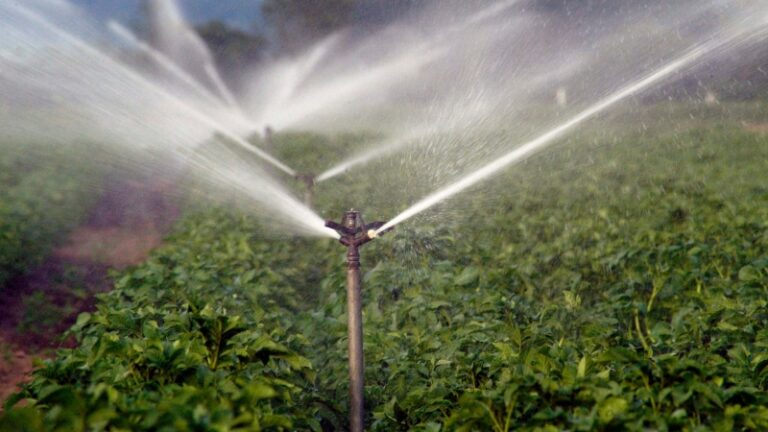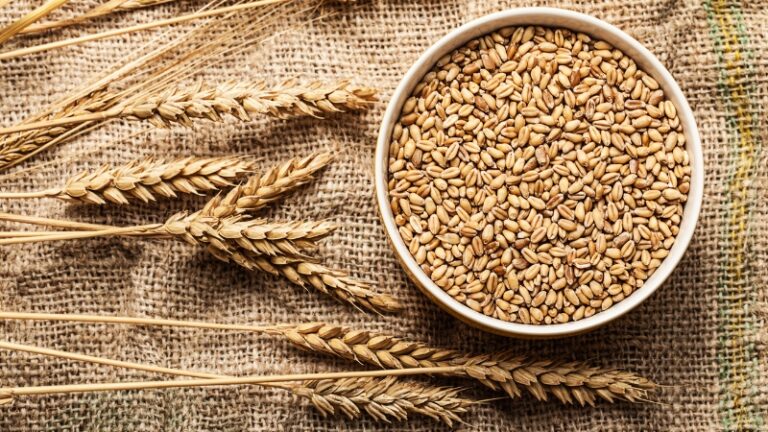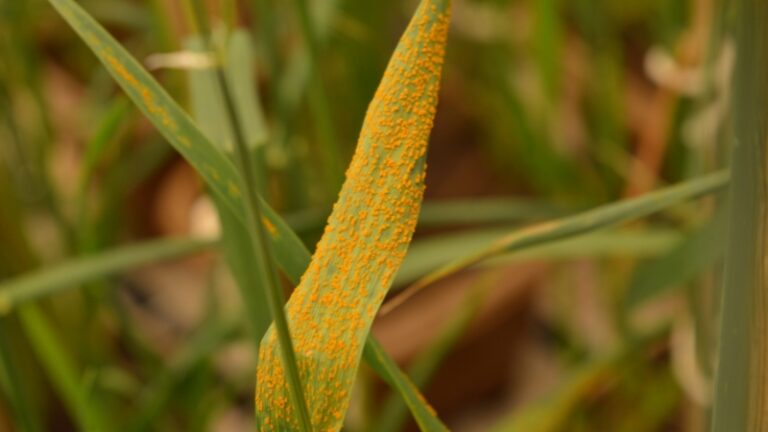In today’s arable farming world, farmers often ask: how much of the nitrogen we apply actually ends up in the crop? What losses should we expect, and how can we reduce them? And what fertiliser formats are available that improve efficiency while supporting sustainable crop production? This article clearly answers those questions and demonstrates how urea solutions for sustainable farming fit into a smarter nutrient strategy.
Why nitrogen loss matters
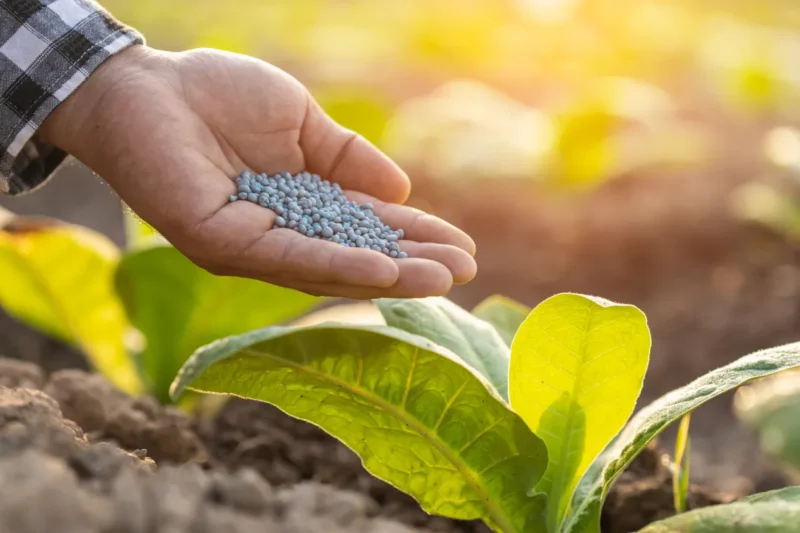
Fertilisers are one of the biggest input costs for farms, but a significant portion of applied nitrogen never reaches the crop. According to the Farm Carbon Toolkit, around 40% of applied nitrogen can be lost to the environment. In the UK, official data indicate average nitrogen application rates of approximately 140 kg N/ha on certain crop-output farms in 2022/23, underscoring the scale of inputs and potential for loss.
These losses occur through ammonia volatilisation, leaching, denitrification and other processes that reduce return on investment and increase environmental pressure. As sustainability criteria tighten, farms must not only maintain yields but also reduce the environmental footprint of nutrient use.
That is why modern fertiliser options matter: they aim to reduce waste, improve crop uptake and support long-term soil health.
Modern fertiliser formats
Enhanced efficiency fertilisers
Rather than basic broadcasting of standard urea, newer options include urease or nitrification inhibitors, controlled-release coatings or blends designed to match crop uptake. These help reduce losses from volatilisation and denitrification. For example, UK research suggests that recovery efficiency under standard practice may be significantly lower than what is technically possible.
Precision application and timing
Choosing a better product is only part of the solution. Application timing, placement, soil conditions and weather all affect how much nitrogen the crop can capture. Dividing nitrogen into multiple applications, matching the rate to crop demand and avoiding conditions prone to loss improve effectiveness.
Product-source choices
Although many farmers rely on basic granulated urea, options that improve delivery and reduce loss are increasingly viable. These bring higher product cost per tonne but offer better nitrogen-uptake efficiency and less nutrient waste. That is where the idea of urea solutions for sustainable farming enters: adopting fertilisers whose behaviour makes them more efficient and less damaging.
Integrating smarter fertiliser choices into the farm plan

Assess current performance
Start by measuring your nitrogen use efficiency (NUE), which is the ratio of nitrogen captured in the crop to what was applied or available. Some farms report efficiencies of 70-80% when adopting better practices. Record your applications, yields, soil grey-areas (e.g., mineral-N supply) and loss pathways (e.g., leaching risk, volatilisation risk).
Choose the right product and process
When selecting fertiliser, consider the crop’s nitrogen demand curve, soil type, weather (especially rainfall or dry spells), and previous losses. Using products that delay nitrogen release or protect against volatilisation can reduce waste and enhance uptake.
Monitor and adjust
Track your results: yield per unit of nitrogen applied, soil health indicators, and environmental markers where possible (like nitrate in drainage, ammonia volatilisation). Use data to refine future applications and product choices. Over time, these smarter choices support both yield and sustainability. As part of this approach, tools and guidance about urea solutions for sustainable farming can be valuable.
Why this matters for UK farms and crop systems

Economic return and input costs
With fertiliser prices rising and margins under pressure, reducing waste becomes a commercial advantage. Capturing more nitrogen by the crop means less input is required per tonne of harvest.
Environmental compliance and public expectations
Increasing regulatory pressure on nitrogen losses, ammonia emissions and nitrate leaching means farms adopting efficient fertiliser strategies are better placed to meet these obligations. Indeed, some UK policy reviews estimate that between 20% and 80% of nitrogen fertiliser can be lost under conventional practice.
Soil health and sustainability
Efficient nitrogen supply supports better root health, reduces leaching, and lowers the risk of nutrient-driven water pollution, all of which contribute to longer-term soil performance and farm resilience.
Practical adoption
Selecting and using improved fertiliser formats is not simply a “nice to have”. It is increasingly becoming an integral part of modern cropping systems where yield, cost and environmental metrics all matter.
Key considerations when adopting modern fertiliser options
- Source: Ask whether the fertiliser includes inhibitors or coatings designed to reduce loss or synchronise nitrogen release.
- Timing & placement: Ensure applications are aligned with crop demand and avoid periods or conditions prone to loss (e.g., heavy rain, high temperatures).
- Rate: Using more nitrogen than the crop can utilise in a season increases the risk of loss; conversely, under-application may reduce yield. Aim for matching supply and demand.
- Complementary practices: Soil testing, monitoring, good field preparation and root-friendly soil structure improve nitrogen uptake and support fertiliser performance.
- Measurement: Track the amount of nitrogen applied and harvested, and, if possible, monitor any losses. This gives visibility and supports continual improvement.
- Cost-benefit: Improved fertiliser formats may cost more per tonne, but if they reduce loss and increase uptake, the effective cost per usable kg N falls, resulting in better value.
- Future-proofing: As markets and regulations evolve, adopting efficient fertiliser practices helps farms stay ahead of requirements and buyer expectations.
Conclusion
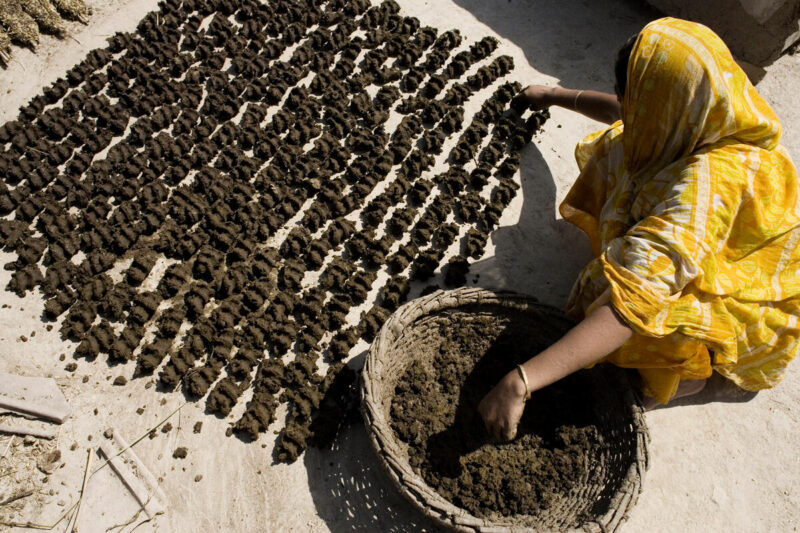
In summary, reducing nitrogen waste is a cornerstone of profitable and sustainable farming. By transitioning from standard fertiliser practice to a calibrated strategy, selecting improved products, timing applications correctly, and monitoring performance, farmers can create advantages across economic, yield, and environmental metrics. The use of urea solutions for sustainable farming exemplifies this shift: fertiliser choices made with both crop and ecosystems in mind. Farms that adopt this forward-thinking approach will be better equipped to meet the demands of today and the challenges of tomorrow.
Related Posts:
- 6 Stages of Garlic Growth Every Gardener Should Know
- How to Identify and Treat Nitrogen Deficiency in Corn
- Is That Gardening Tip Legit? Why You Should Be…
- Vasectomy Regrowth Signs: What You Need to Know!
- How Does a Greenhouse Work? Everything You Need to Know
- Tapping Maple Trees for Beginners - Everything You…



